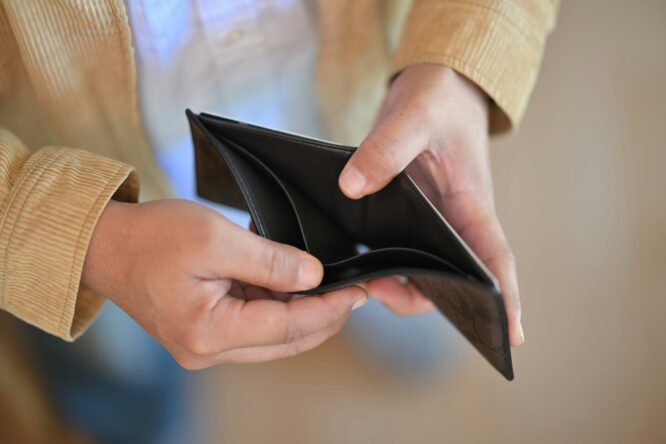Buying second-hand doesn’t mean compromising on quality.
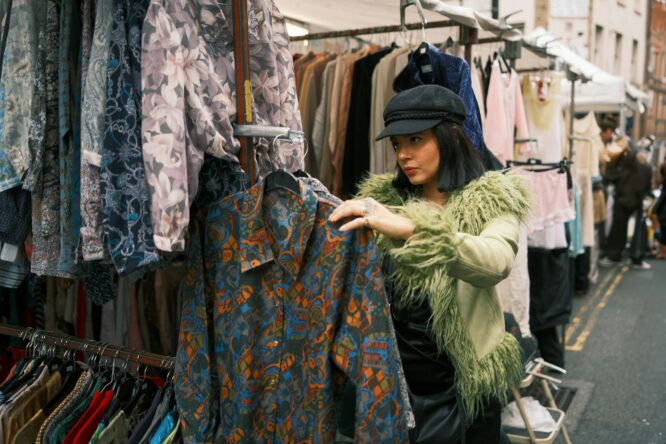
In fact, in many cases, it means getting something better for far less. Whether you’re looking to save money, reduce waste, or just avoid buying into fast trends, these are the things worth scouring charity shops, online listings, and local sales for. You might be surprised how much value—and character—you can find when you skip brand-new.
1. Furniture
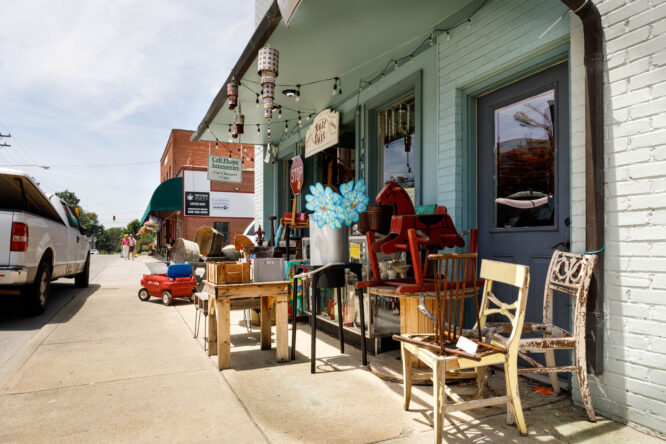
Big-ticket pieces like sofas, bookshelves, tables, and dressers are some of the best second-hand finds out there. Modern furniture can often be expensive and cheaply made, especially anything flat-packed or mass-produced. Older pieces, even if they need a little TLC, are usually built to last—and often from solid wood or sturdy materials you’d struggle to find at high street prices today.
Look for clean lines, strong joints, and quality finishes. Even if something looks a bit dated, a simple sand and repaint can completely change its vibe. Buying used also lets you bring more personality into your space, with pieces that feel lived-in and unique instead of showroom-perfect and forgettable.
2. Books
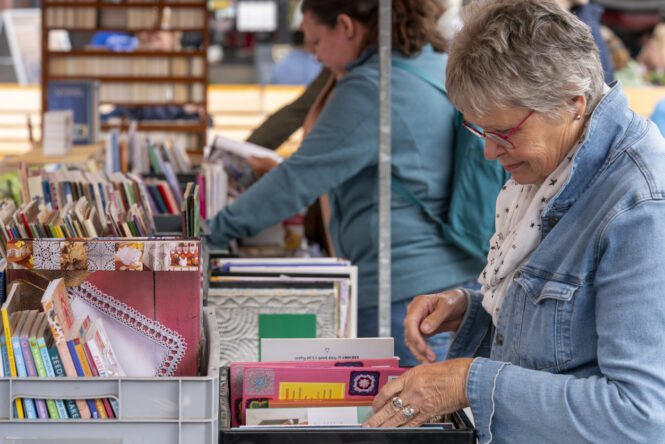
Books are one of the most satisfying second-hand buys—you get the same stories, the same pages, and sometimes even charming old notes or dedications, all at a fraction of the cost. Whether it’s classic novels, cookbooks, textbooks, or photo-heavy design books, there’s always a solid second-hand option if you’re willing to browse.
Car boot sales, charity shops, and online marketplaces are great places to find hidden gems. Not only is it better for your bank account, but it’s also a way to keep books circulating rather than sitting forgotten on shelves. And let’s be honest—dog-eared pages and slightly cracked spines just make them feel more loved.
3. Clothing

Thrift shopping isn’t just about vintage or quirky pieces—second-hand clothing can also mean great basics, barely-worn designer pieces, or quality brands that hold up far better than fast fashion alternatives. Many people buy things, wear them once or twice (or not at all), and resell them in perfect condition.
Buying pre-owned helps reduce waste and gives you the chance to explore styles you might not find in current retail. It also means better value: you can experiment with your look without spending a fortune, and you’re more likely to find unique pieces that won’t be worn by everyone else in your office or local café.
4. Kids’ toys and clothes
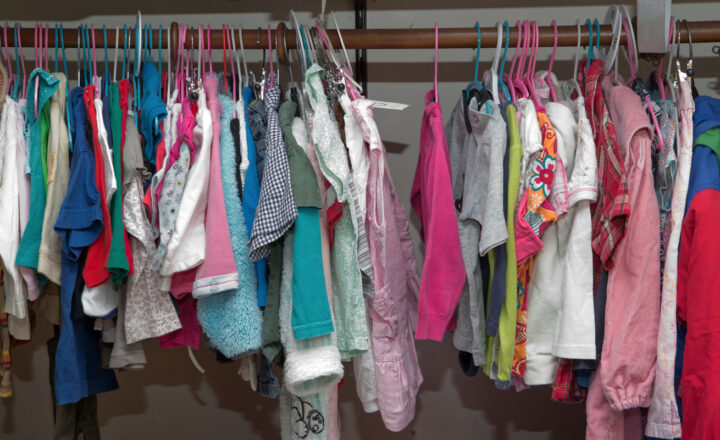
Children grow quickly, and their tastes change even faster. That’s why second-hand kids’ items are such a smart buy. You’ll often find clothes in great shape, toys that have barely been touched, and baby gear that’s still perfectly functional—all for a tiny fraction of the price you’d pay new.
Since so many parents are eager to declutter and pass things on, there’s usually a constant supply of good-quality bits available online or locally. It’s a way to stretch your budget further without sacrificing quality, and many of the things kids love—like building blocks, puzzles, or books—age incredibly well.
5. Kitchenware

Cups, pans, casserole dishes, baking tins—these things are built to survive serious wear and tear, which makes them ideal second-hand buys. You can often pick up great brands for a fraction of retail prices, and with a quick clean, they’re ready to go. Some older pieces even outperform newer ones in terms of quality and durability.
It’s also a great way to slowly build up a collection of kitchen essentials without doing one massive (and expensive) haul. From charity shops to Facebook Marketplace, there’s usually no shortage of gently used spatulas, cutting boards, or even entire cookware sets waiting for a new home.
6. Musical instruments
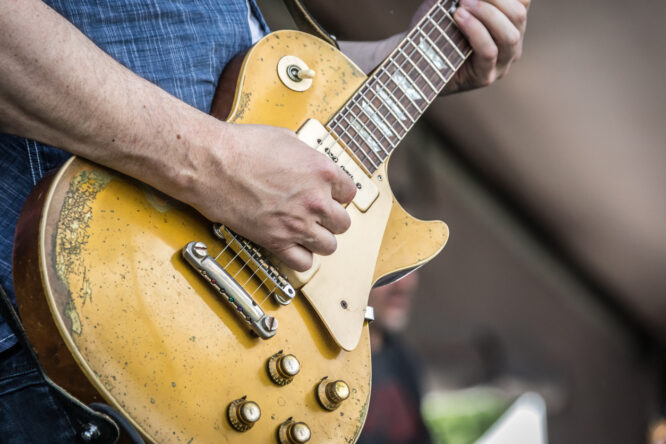
Whether you’re learning something new or picking up an old hobby, musical instruments are often best bought second-hand. Guitars, keyboards, violins, even drum kits—these can cost hundreds when new, but you can often find lightly used versions for far less.
Instruments are made to last, and many are passed down or sold in near-perfect condition after someone loses interest. Just make sure to check for damage, especially structural issues or anything that would affect the sound. But if it’s been well looked after, you could end up with a bargain that plays beautifully.
7. Exercise equipment
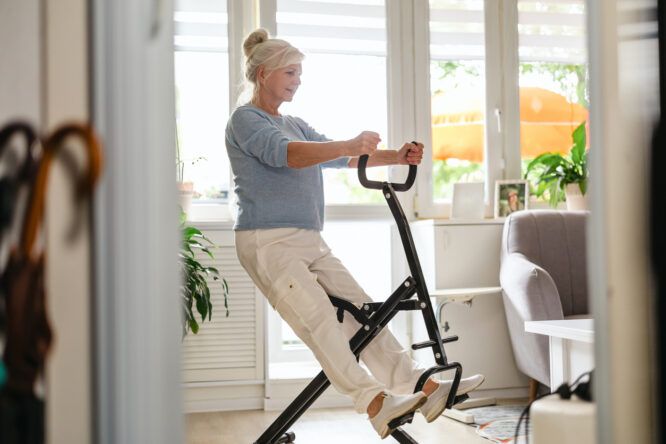
Home gyms always seem like a good idea—until the excitement wears off and the treadmill becomes a clothes rack. That’s why so much second-hand exercise gear is still in great shape. We’re talking resistance bands, yoga mats, dumbbells, stationary bikes, and more, often barely used and ready to go.
Second-hand fitness gear is an especially smart choice for beginners who want to try things out without dropping a fortune. And it’s often more sustainable than buying brand-new plastic or metal items that will end up in landfill if unused. Just make sure the equipment is still safe and functional before buying.
8. Home decor

Mirrors, picture frames, side tables, vases—home decor doesn’t need to be new to be beautiful. In fact, some of the best finds come from flea markets, vintage shops, or online listings where people are parting with pieces that no longer fit their space but still have plenty of life left in them.
Second-hand decor tends to feel more eclectic and layered, especially if you’re mixing styles or creating a lived-in look. You can find everything from minimal Scandi pieces to ornate vintage gems—and the thrill of the find is half the fun. Plus, it’s easier on your budget and better for the planet.
9. Bicycles
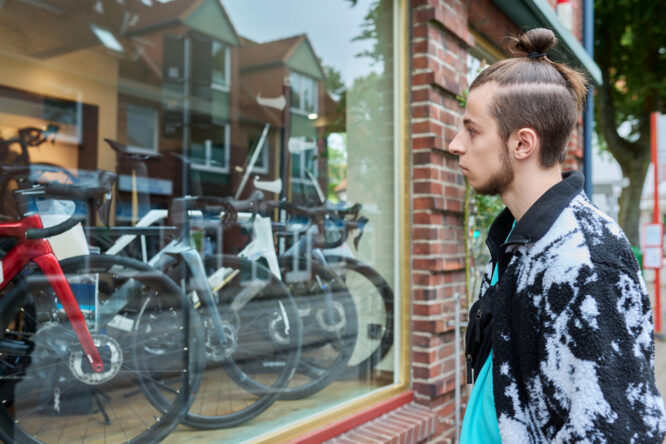
Buying a bike second-hand is often the smartest route—especially if you’re not looking for something super specialised. Kids’ bikes, commuter bikes, or even high-end road bikes often show up in near-new condition because someone’s upgraded, moved, or just didn’t ride as much as they thought they would.
Check for things like rust, brake wear, and tyre condition, but most issues can be fixed affordably. Many local bike shops also refurbish second-hand models and sell them at decent prices, often with some kind of warranty. It’s a much better option than shelling out big for something you’re still figuring out how often you’ll use.
10. Tech accessories

While it makes sense to buy certain gadgets new, the accessories that go with them? Totally fair game for second-hand. Phone cases, headphones, stands, keyboards, monitor arms, and laptop sleeves are all things people sell when they upgrade—and often, they’ve barely been touched.
You’ll save money and avoid unnecessary plastic waste by picking these up second-hand. Just check that everything works and matches your device specs before buying. For everyday tech add-ons that don’t need to be top of the line, second-hand just makes sense—and leaves more room in your budget for the bigger stuff.



